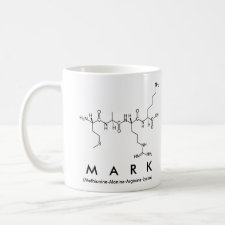
Authors: White CJ, Byrne ME
Article Title: Da Vinci Award: Controlled release of comfort molecules from silicone hydrogel contact lenses through the use of molecular imprinting.
Publication date: 2012
Journal: Contact Lens and Anterior Eye
Volume: 35
Issue: (Supplement 1)
Page numbers: e33-e34.
DOI: 10.1016/j.clae.2012.10.004
Abstract: Purpose: Discomfort in contact lens wear is the most important, unresolved issue within the lens industry. Traditional commercial approaches to promoting lens comfort do little to treat the overall discomfort process and result in low levels of user comfort, particularly at the end of wear when the highest levels of comfort are needed.
Methods: Molecular imprinting was formulated into a continuous, extended wear commercial silicone hydrogel contact lens material to control the release a high molecular weight comfort agent by creating macromolecular memory sites within the lenses.
Results: By controlling the concentration of functional monomer (M) in the lens formulation, 3000 μg 120 kDa hydroxypropyl methylcellulose (HPMC) was tailored to release from the lens over any duration of wear. The M/T was varied between mass ratios of 0, 0.2, 2.8, and 3.4, and HPMC release was performed under infinite sink conditions. Increasing the M/T extended the HPMC release duration to 10, 13, 23, and 53 days, respectively, without losing the high optical clarity or mechanical properties necessary for use as contact lenses. Release of 1000 μg HPMC at physiological tear flow rates occurred at an approximately linear rate for up to 60 days, well beyond the duration of lens wear.
Conclusions: The continuous, steady release of HPMC from silicone hydrogel continuous wear lenses could potentially provide the maximum level of comfort to the lens wearer, potentially preventing the symptoms of contact lens induced dry eye (CLIDE) and dry eye syndrome (DES).
Template and target information: hydroxypropylmethyl cellulose, HMPC



Join the Society for Molecular Imprinting

New items RSS feed
Sign-up for e-mail updates:
Choose between receiving an occasional newsletter or more frequent e-mail alerts.
Click here to go to the sign-up page.
Is your name elemental or peptidic? Enter your name and find out by clicking either of the buttons below!
Other products you may like:
 MIPdatabase
MIPdatabase









